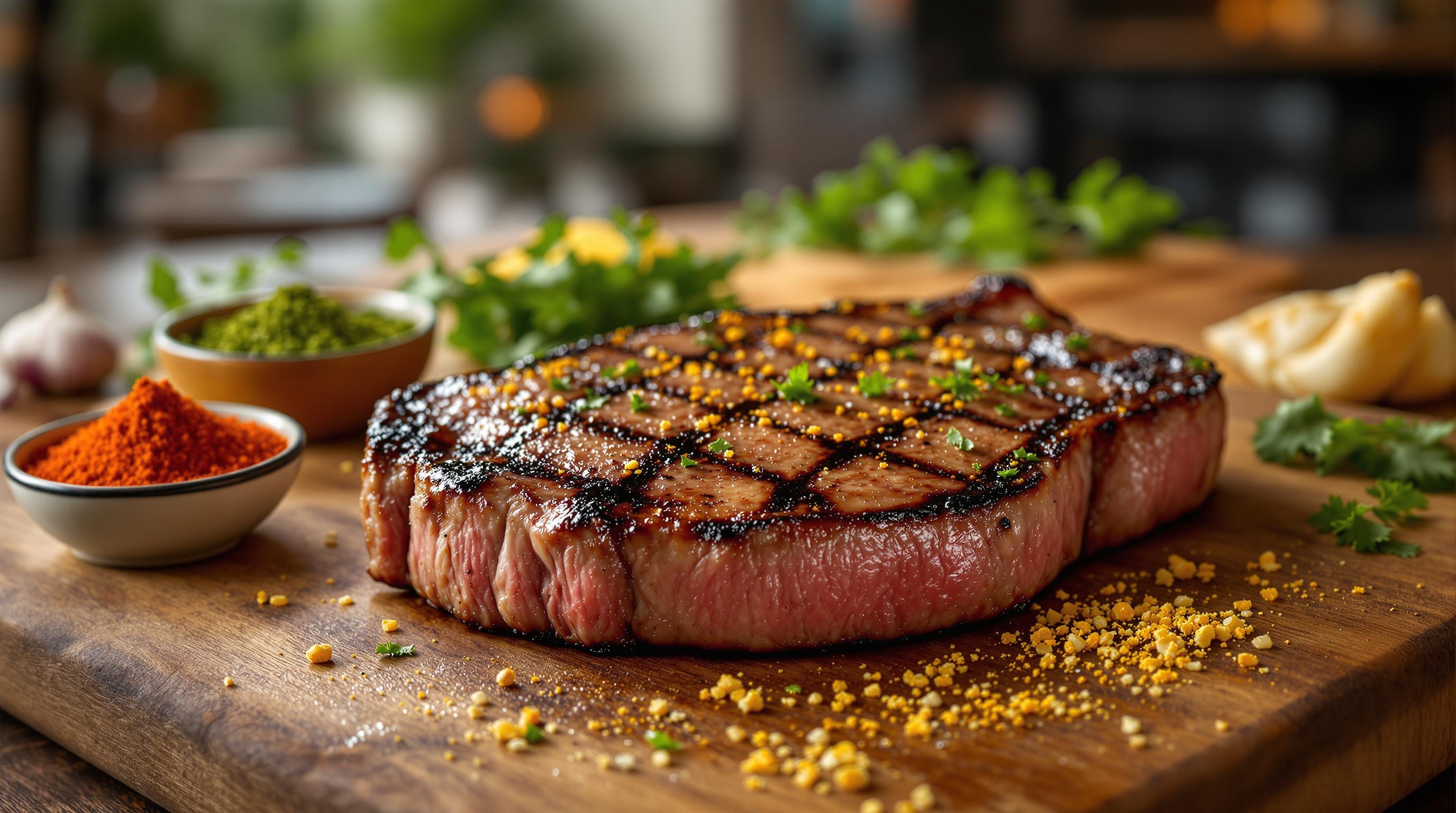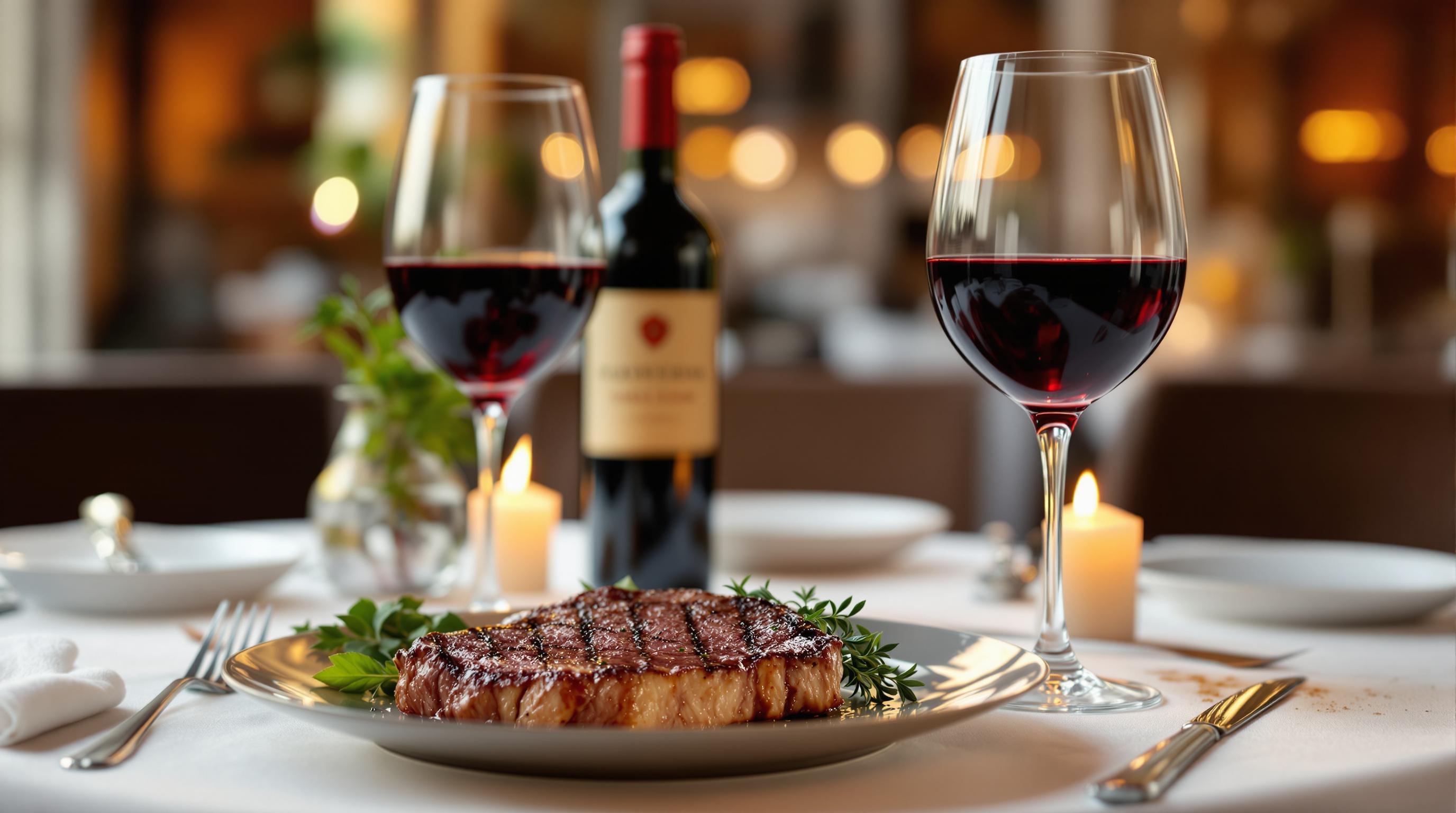Planning a group dining event? The pricing model you choose - fixed pricing or per-person pricing - can significantly affect your budget and experience. Here's what you need to know:
- Fixed Pricing: A single total cost for the group, regardless of size. Ideal for predictable costs and large, consistent groups.
- Per-Person Pricing: Charges based on the number of attendees. Perfect for flexibility, smaller groups, and varying headcounts.
Quick Comparison
| Feature | Fixed Pricing | Per-Person Pricing |
|---|---|---|
| Cost Structure | Set total for the group | Charge per guest |
| Menu Flexibility | Limited options | Customizable per guest |
| Predictability | Costs known upfront | Varies with attendance |
| Best For | Formal, large events | Casual, flexible gatherings |
Key Takeaway: Choose fixed pricing for simplicity and stability, or opt for per-person pricing for flexibility and customization. Consider group size, budget, and event type to decide what works best.
Fixed Pricing Model
How Fixed Pricing Works
Fixed pricing means a flat fee is charged, no matter how many people attend. A typical private dining package under this model includes:
- Reserved dining space for a set time
- A preset menu with limited customization options
- Beverage packages with optional upgrades
- Dedicated event staff
- Basic table settings and decorations
This setup benefits both diners and restaurants in unique ways.
Benefits of Fixed Pricing
For Restaurants:
- Guarantees steady revenue even if there are cancellations
- Makes it easier to plan inventory and schedule staff
- Consolidates billing into a single, straightforward payment
- Helps manage food and beverage expenses
For Customers:
- Allows for easy budgeting
- Simplifies splitting costs among attendees
- Eliminates the hassle of tracking individual orders
- Makes planning the event more straightforward
Limitations of Fixed Pricing
There are some downsides to fixed pricing, such as:
- A required minimum group size
- Additional fees for changing the menu
- Higher per-person costs for smaller groups
- Time limits for the reservation, with extra charges for going over
When to Use Fixed Pricing
Fixed pricing is ideal for events like:
- Corporate gatherings where simple billing is key, such as meetings, client dinners, or team celebrations.
- Large personal events like wedding rehearsal dinners, anniversaries, or graduations.
- Networking events that need a consistent experience for all attendees.
Variable Costs vs. Fixed Costs: What’s The Difference - 4.4 ...
Per-Person Pricing Model
Per-person pricing adjusts costs based on the number of attendees, making it a more tailored approach compared to fixed pricing.
How Per-Person Pricing Works
This pricing model calculates the total cost by charging each guest individually. It usually includes:
- A set menu with multiple course options
- Drinks billed per guest
- Service charges tied to the number of attendees
- Optional add-ons, like upgraded dishes or beverages
This approach benefits both restaurants and diners in unique ways.
Benefits of Per-Person Pricing
For Restaurants:
- Better control over costs by charging for actual attendance
- Increased revenue from individual drink orders
- Easier to handle last-minute changes in guest count
- Improved inventory management with precise portioning
For Customers:
- Only pay for those who attend
- Customizable menus and individual billing options
- Flexibility to adjust group size without extra hassle
Limitations of Per-Person Pricing
While this model has its perks, it also comes with challenges:
- Final costs are harder to estimate until all orders are placed
- Billing can become more complicated
- Service charges for each guest may add up quickly
- Add-ons can lead to unexpected expenses
These factors help determine when this pricing model works best.
When to Use Per-Person Pricing
This pricing approach shines in specific scenarios:
1. Casual Group Gatherings
Perfect for events like birthdays or informal business meetings where attendees may prefer to pay individually and enjoy menu flexibility.
2. Groups with Dietary Needs
Ideal for accommodating diverse dietary preferences or restrictions without impacting the overall group cost.
3. Events with Changing Headcounts
Great for gatherings like networking events or social club meetings where the number of attendees might fluctuate.
4. Longer Events
Works well for occasions where guests arrive or leave at different times, allowing for flexible billing and service schedules.
sbb-itb-e6be165
Direct Comparison of Pricing Models
Knowing the differences between fixed and per-person pricing can help steakhouse owners and event planners make smarter choices for group dining events.
Pricing Models Comparison Chart
| Feature | Fixed Pricing | Per-Person Pricing |
|---|---|---|
| Cost Structure | Set total for the group | Charge per guest |
| Menu Flexibility | Pre-set menu with limited options | Customizable for each guest |
| Minimum Spend | Higher overall minimum required | Lower entry point with per-guest costs |
| Billing Complexity | Single consolidated payment | Separate or multiple payments possible |
| Group Size Changes | Less flexible; may pay for all reserved | Adjusts based on actual attendance |
| Cost Predictability | Total cost known upfront | Can vary with individual orders |
| Best For | Formal events like weddings or corporate dinners | Casual gatherings with varying numbers |
| Drink Options | Often bundled in package | Typically charged separately |
| Service Charges | Fixed percentage on total | Applied to individual orders |
This chart highlights the main features of each pricing model, helping you decide which one fits your event.
How to Choose Your Pricing Model
To pick the right pricing model, consider these factors:
- Group Size: Fixed pricing is ideal for larger, stable groups, while per-person pricing works better for fluctuating attendance.
- Budget Control: Fixed pricing offers predictable costs, whereas per-person pricing depends on individual guest choices.
- Event Type: Formal events like corporate dinners benefit from fixed pricing, while casual gatherings are better suited to per-person pricing.
- Menu Needs: Fixed pricing works well for uniform menus, but per-person pricing accommodates varied dietary preferences.
- Service Style: Fixed pricing aligns with buffet or family-style service, while per-person pricing fits plated meals.
Some venues also offer hybrid pricing models, blending features of both approaches. Be sure to discuss your event’s specifics with the restaurant to find the best fit for your group. This tailored approach is especially important in NYC’s competitive steakhouse scene.
NYC Steakhouse Market Analysis
NYC Market Pricing Factors
Steakhouses in NYC face unique challenges when setting prices for group dining. With high commercial rents in prime locations, pricing strategies often reflect these costs. Here's what's shaping the market:
- Seasonal demand and location premiums push group dining rates higher.
- Intense competition in Manhattan forces steakhouses to adopt creative pricing approaches.
- Operating costs, particularly labor, remain a major factor.
These pressures often dictate whether steakhouses use fixed pricing or charge per person for group events. Navigating these dynamics requires thoughtful pricing strategies.
Tips for Steakhouse Owners
If you're a steakhouse owner, tailoring your group dining pricing to NYC's competitive landscape is key. Consider these strategies:
- Offer discounts during off-peak days to attract groups during slower times.
- Use hybrid pricing models that combine a fixed base fee with per-person charges.
- Require deposits for large group reservations to reduce no-shows.
- Be upfront about all service fees to avoid surprises for guests.
These approaches can help balance profitability with customer satisfaction.
NY Steakhouse Guide Resources

The NY Steakhouse Guide is a helpful tool for exploring group dining options across the city. It simplifies venue selection with filters for pricing and dining features. Key comparison tools include:
- Private dining room setups.
- Booking policies and requirements.
- Seasonal deals and promotions.
- Menu customization options.
This platform makes it easy to find a venue that matches your group's needs, whether you're focused on pricing models, dining features, or both.
Summary and Recommendations
The analysis above breaks down the pros and cons of each pricing model. Here's a quick recap along with some practical tips to help you decide.
Key Takeaways
- Fixed Pricing: Best for predictable costs and simplicity - perfect for events with consistent group sizes and set menus.
- Per-Person Pricing: Offers more flexibility - ideal when attendance varies or if you want diverse menu options.
Choosing the right model depends on factors like group size, menu preferences, budget, and the type of event:
- Group Size: Fixed pricing works well for stable group numbers, while per-person pricing suits fluctuating attendance.
- Menu Choices: Fixed pricing aligns with set menus, whereas per-person pricing allows for customized selections.
- Budget Management: Fixed pricing helps stick to a strict budget; per-person pricing gives room for flexibility.
- Event Type: Fixed pricing fits corporate events; per-person pricing is a better match for social gatherings.
Steps for Planning Your Dining Event
Ready to plan your group dining experience? Here's how to get started:
- Figure Out Your Needs: Nail down your headcount, budget, and menu preferences to pick the right pricing model.
- Do Your Research: Use tools like the NY Steakhouse Guide to filter venues by capacity, minimum spend, cancellation policies, and menu options.
- Compare and Book: Reach out to a few steakhouses, compare their pricing, and negotiate a package that fits your needs.


